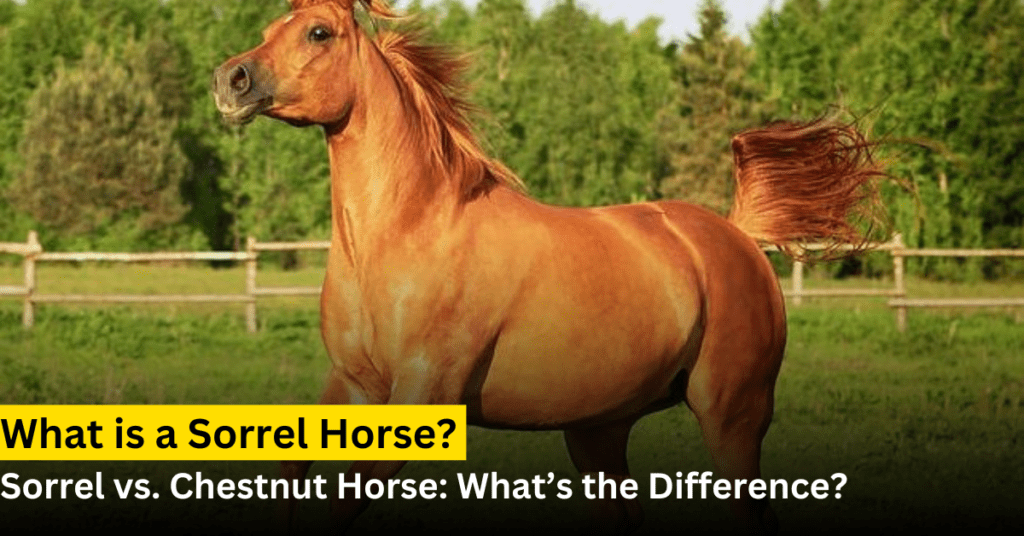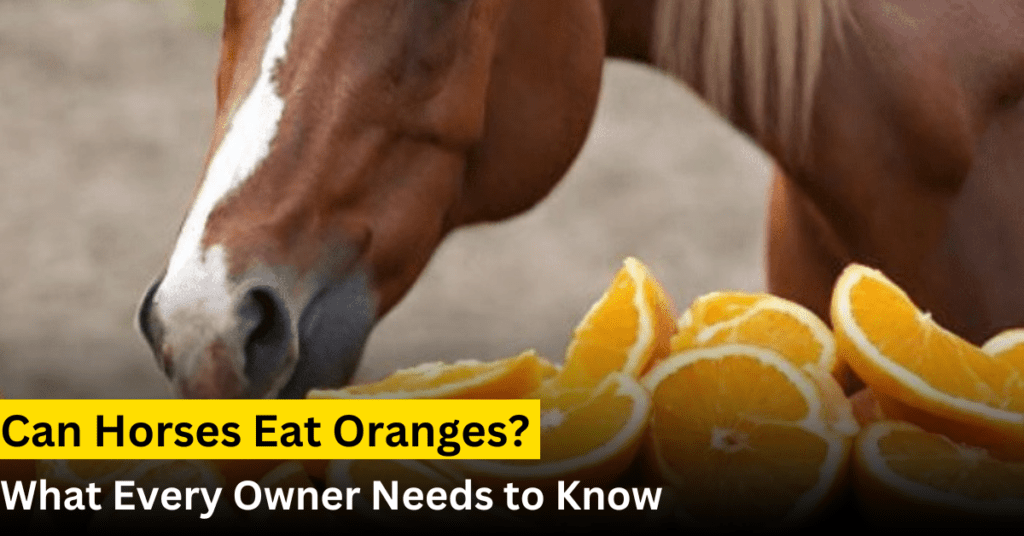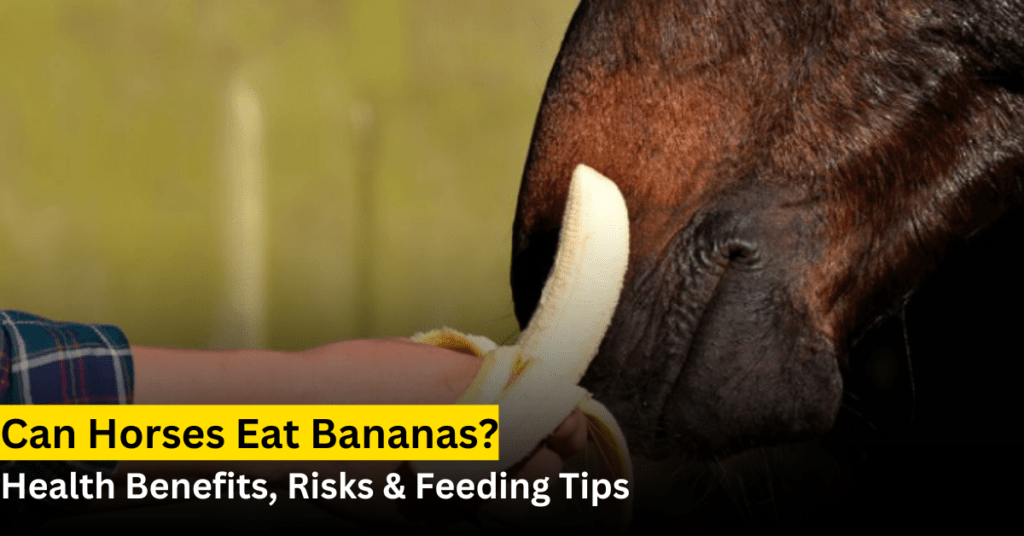Horses come in many shapes, sizes, and colors. Among the most fascinating horse colors is the sorrel horse, known for its beautiful reddish coat. In this guide, we will explain everything about sorrel horses in plain and simple English, making it easy for everyone to understand. Let’s explore the world of horse coat colors, especially the unique sorrel horse!
What is a Sorrel Horse?
A sorrel horse is a horse with a red-colored coat. Its color can range from light copper-red to deep reddish tones. Sorrel horses usually have the same reddish shade all over their body, including their mane and tail. Sometimes, they may have white markings, such as a blaze on their face or socks on their legs.
Some people confuse sorrel horses with chestnut horses because both have red coats. However, there are small differences in appearance, which we will discuss later.
Sorrel Horse Characteristics
Coat Color: A reddish or copper-red coat is the main feature of a sorrel horse.
Mane and Tail: The mane and tail of a sorrel horse are often the same shade as its body. Sometimes, the mane and tail can be flaxen, which means they look lighter or blonde.
Markings: Sorrel horses may have white markings on their face and legs, like stars, blazes, or socks.
Skin Color: They usually have dark skin under their coat.
Learn More: Can Horses Eat Oranges? What Every Owner Needs to Know
Sorrel vs. Chestnut Horse: What’s the Difference?
Many people argue about the difference between sorrel and chestnut horses. Let’s make it simple:
- Sorrel Horse: Bright red or copper-red coat with little to no black pigment. Sorrel horses may have a flaxen mane and tail.
- Chestnut Horse: Darker red or brownish-red coat. Chestnut horses often have a mane and tail that match their body color or appear darker.
Horse Coat Colors
Horses come in many colors, and sorrel is one of the most common. Some other popular horse coat colors are:
- Bay: Brown body with black mane, tail, and legs.
- Black: Solid black coat with no other colors.
- Gray: Light or dark gray with white hairs mixed in.
- Palomino: Golden coat with a white or cream-colored mane and tail.
- Dun: Yellowish coat with dark markings.
Each color is determined by horse color genetics, which we will explain next.
Understanding Horse Color Genetics
Horse coat colors are decided by genes. A sorrel horse gets its red color from a special gene called the “red factor.” This gene is recessive, meaning a horse needs two copies of it to have a red coat. Here is a quick breakdown:
- If a horse has the ee gene, it will have no black hair, making it red (sorrel or chestnut).
- If a horse has the E gene, it will produce black pigment, leading to darker colors like bay or black.
Reference: Equine Coat Color Genetics
This is why two sorrel horses always have a red-coated foal, but two black horses cannot produce a sorrel horse.
Horse Markings
Markings add unique patterns to a horse’s coat. Common markings on sorrel horses include:
Face Markings:
- Star: A white spot on the forehead.
- Blaze: A wide stripe down the face.
- Snip: A small white mark on the nose.
Leg Markings:
- Sock: White markings covering the lower leg.
- Coronet: A thin white band above the hoof.
Markings can help identify individual horses and make them stand out.
Learn More: Can Horse Eat Watermelon? A Beginner Friendly Guide
The American Quarter Horse Association and Sorrel Horses
The American Quarter Horse Association (AQHA) recognizes both sorrel and chestnut horses. According to AQHA, sorrel refers to a bright copper-red color, while chestnut is a darker, brownish-red shade. However, in other horse registries, sorrel may not be listed as a separate color and is often grouped with chestnut.
Why is Sorrel a Popular Color?
Sorrel horses are popular for their eye-catching color and friendly nature. They are commonly seen in breeds like the American Quarter Horse, which is known for its versatility and performance in sports like reining, cutting, and roping.
FAQs
Q1. Can sorrel horses have white markings?
Yes, sorrel horses often have white markings on their face or legs, such as stars, blazes, or socks.
Q2. Are sorrel and chestnut horses genetically different?
No, both sorrel and chestnut horses have the same genetic makeup. The difference is in how their color is described.
Q3. What breeds commonly have sorrel horses?
Sorrel is a common color in breeds like the American Quarter Horse, Thoroughbreds, and Haflingers.
Q4. What is the difference between a red and a sorrel horse?
A sorrel horse is a specific type of red horse with a uniform copper-red coat, while other red horses may have darker shades or black markings.
Conclusion
Sorrel horses are beautiful animals with their vibrant red coats and charming appearance. Understanding their characteristics, genetics, and differences from chestnut horses can help you appreciate them even more. Whether you’re a beginner learning about horses or a seasoned equestrian, sorrel horses will always stand out in any herd.
By using this guide, you now know what makes sorrel horses special and why they are loved by so many horse enthusiasts around the world. Happy riding!





